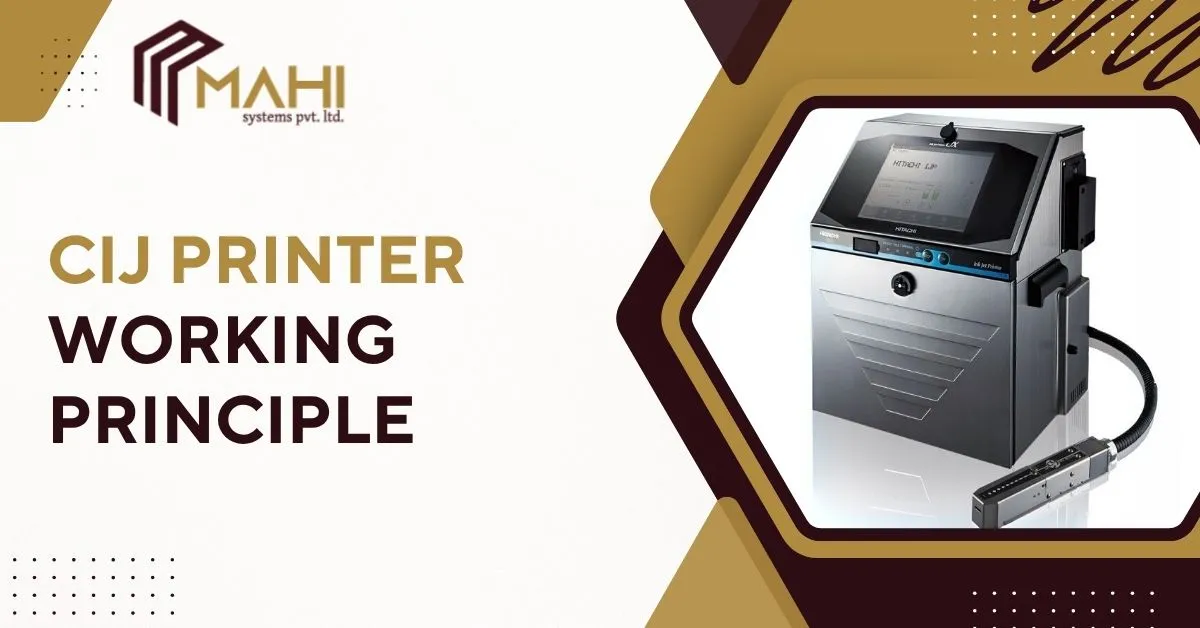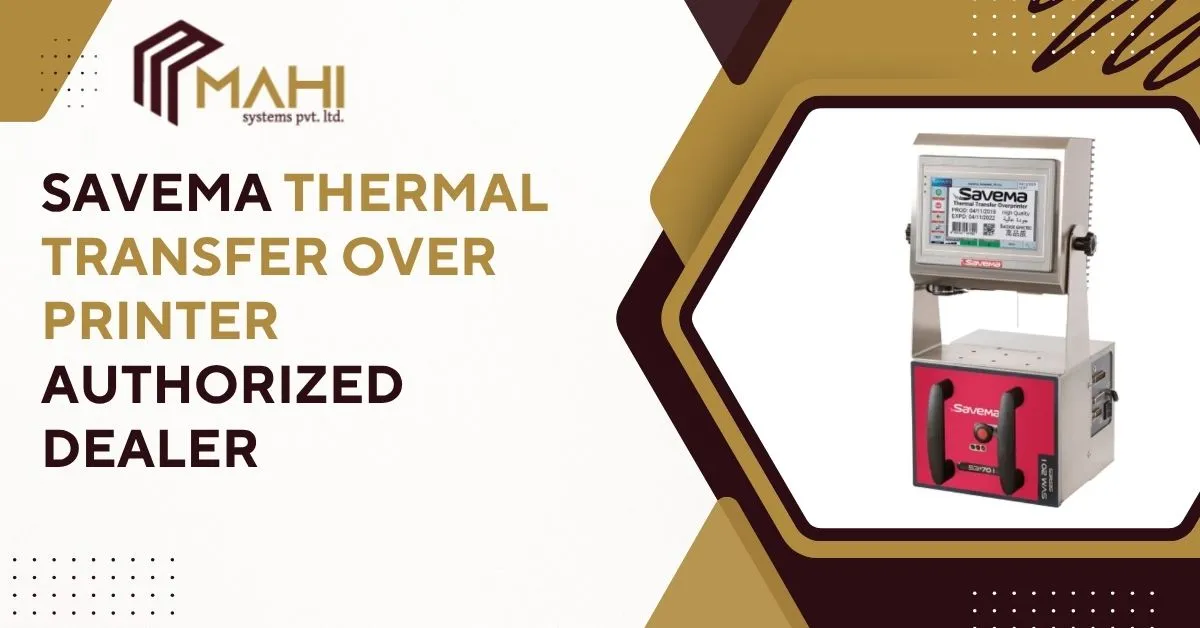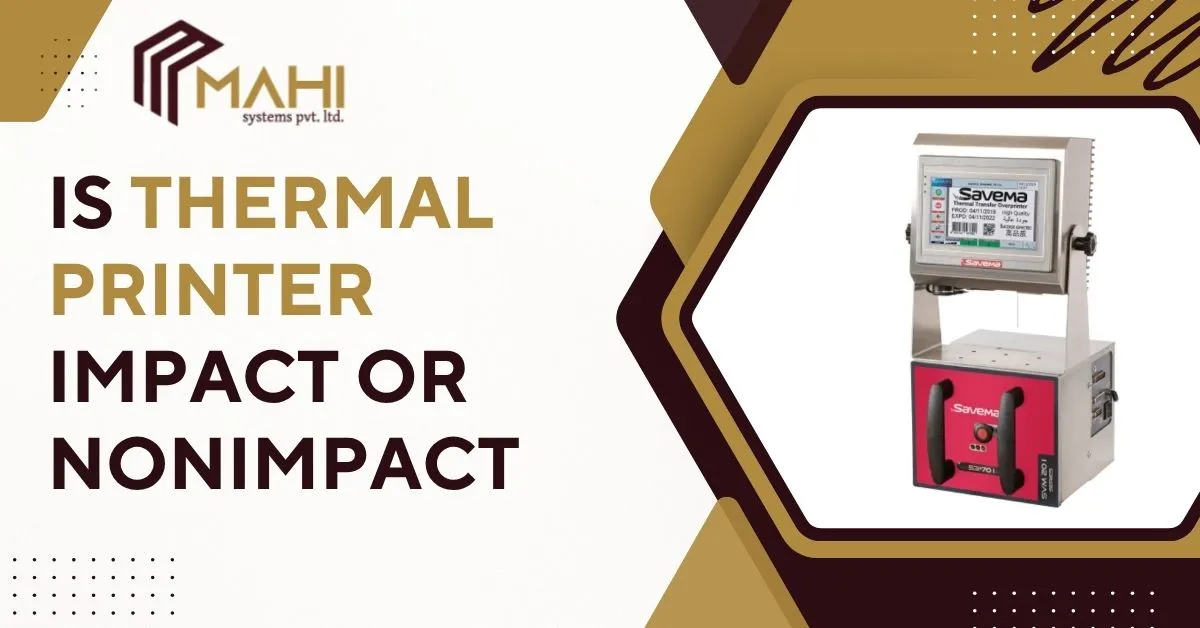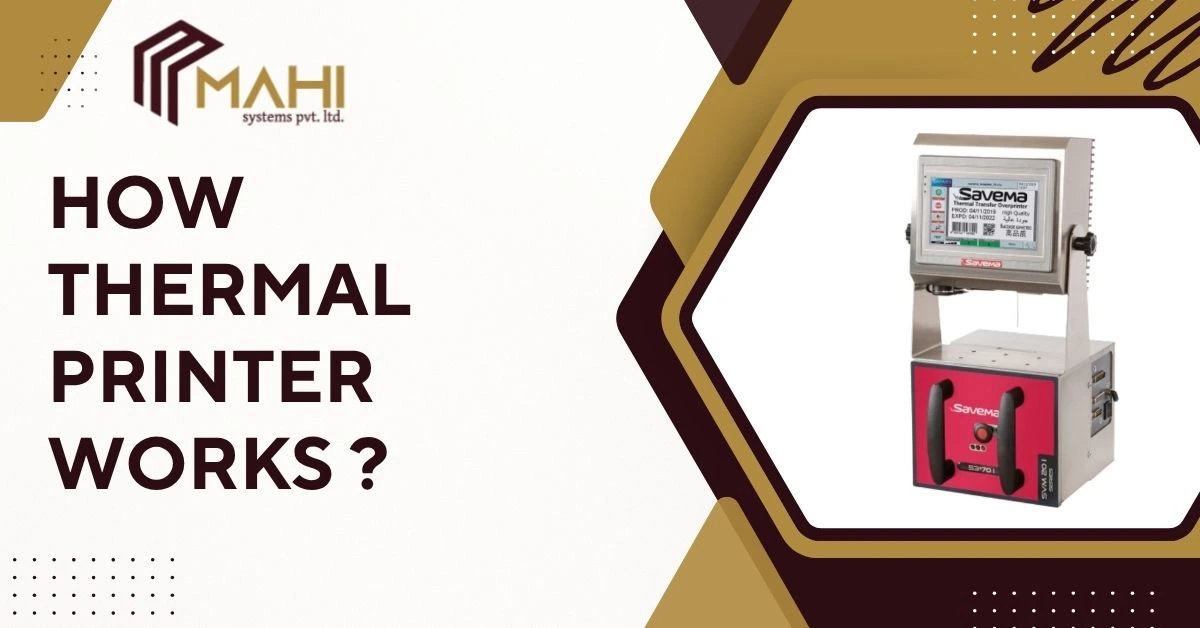In modern industrial operations, efficiency and accuracy in labeling are non-negotiable. A TTO printer (Thermal…

In the fast-paced industrial printing world, CIJ Printer play a crucial role in high-speed, high-accuracy coding and marking. Understanding the CIJ printer working principle helps manufacturers and businesses optimize production efficiency, reduce errors, and ensure precise printing on a wide range of surfaces.
What is a CIJ Printer?
A CIJ Printer (Continuous Inkjet Printer) is a type of industrial printer that continuously sprays tiny droplets of ink to mark or code products. Unlike traditional printers, CIJ Printer can print on almost any surface—metal, glass, plastic, or paper—making them ideal for manufacturing lines.
Industries such as food and beverage, pharmaceuticals, electronics, and automotive rely heavily on CIJ printer due to their speed and precision. Using specially formulated CIJ inks, these printers ensure durability, fast drying, and resistance to smudging.
Components of a CIJ Printer
Understanding the main components of a CIJ Printer is essential to grasp its working mechanism.
| Component | Function |
| Ink Reservoir | Stores CIJ Inks for continuous operation |
| Pump System | Maintains consistent ink pressure |
| Nozzle | Forms a continuous stream of ink droplets |
| Electrostatic Deflector | Directs charged droplets to form the image |
| Catcher/Recirculation System | Recirculates unused ink back to the reservoir |
| Control System | Monitors and regulates printing operation |
Each component works in harmony to ensure high-speed, precise printing while minimizing ink wastage.
Working Principle of CIJ Printer
The working principle of a CIJ Printer is based on the controlled flow and deflection of a continuous ink stream. Here’s a step-by-step explanation:
- Ink Pressurization: CIJ Inks are pressurized using a pump to flow steadily through the nozzle.
- Droplet Formation: The continuous ink stream breaks into uniform droplets.
- Electrostatic Charging: Each droplet is electrically charged according to the image or code pattern.
- Deflection: Charged droplets are deflected by an electrostatic field to hit the product surface precisely.
- Recirculation: Unused droplets are collected in the catcher and recycled back to the reservoir, reducing ink wastage.
This mechanism allows CIJ Printers to achieve high-speed, non-contact printing on almost any surface.
CIJ vs Other Inkjet Printers
Comparing CIJ Printer with Drop-on-Demand (DOD) Printers highlights their unique advantages for industrial use.
| Feature | CIJ Printer | DOD Printer |
| Ink Flow | Continuous | Only when required |
| Speed | Very High | Moderate |
| Print Quality | Medium | High |
| Applications | Fast production lines | Small-scale labels, specialty prints |
CIJ Printers are preferred for high-speed, high-volume production where durability and speed matter more than ultra-high resolution.
Advantages of CIJ Printers
Using a CIJ Printer provides several key benefits:
- High-Speed Printing: Can print thousands of products per minute.
- Versatility: Prints on curved, uneven, or moving surfaces.
- Non-Contact Printing: No need for direct contact, reducing wear and tear.
- Durable Marks: CIJ inks are fast-drying and resistant to smudges and chemicals.
Disadvantages of CIJ Printers
While powerful, CIJ Printer have some limitations:
- High Maintenance: Requires regular cleaning and calibration.
- Ink Wastage: Some ink is lost during recirculation.
- Cost: CIJ Inks and replacement parts can be expensive.
Understanding these drawbacks helps businesses plan for maintenance and operational costs effectively.
Have questions about CIJ printer maintenance or selection? Contact us to speak with our specialists instantly.
Applications of CIJ Printers
CIJ Printers are widely used across multiple industries due to their speed, accuracy, and versatility:
- Food and Beverage: Printing expiry dates, batch codes, and logos.
- Pharmaceuticals: Printing medicine codes, barcodes, and regulatory information.
- Electronics & Automotive: Marking components, serial numbers, and QR codes.
The combination of precision and high-speed printing makes CIJ Printer indispensable in modern manufacturing.
Frequently Asked Questions
A CIJ Printer continuously sprays ink droplets to create high-speed, precise markings. The ink droplets are charged and deflected to form codes, texts, or logos on various surfaces.
Unlike DOD printers, CIJ Printers maintain a continuous flow of ink, allowing faster printing suitable for industrial production lines.
Food & beverage, pharmaceuticals, electronics, and automotive industries rely heavily on CIJ Printers.
Advantages: High-speed, versatile printing, non-contact, durable ink marks.
Disadvantages: High maintenance, potential ink wastage, higher costs.
Regular cleaning of nozzles, proper ink management, and calibration of the deflection system are essential for optimal performance.
Yes, the non-contact nature of CIJ Printers allows printing on almost any surface shape, including curved and moving objects.
Conclusion
Understanding the CIJ printer working principle is key for manufacturers seeking efficiency, precision, and durability in industrial printing. With high-speed printing capabilities, versatile applications, and reliable CIJ inks, CIJ Printer remain a top choice for industries requiring consistent and accurate coding.
Whether you’re in food, pharmaceuticals, or electronics, mastering the use of CIJ Printers can significantly enhance production quality and output.


